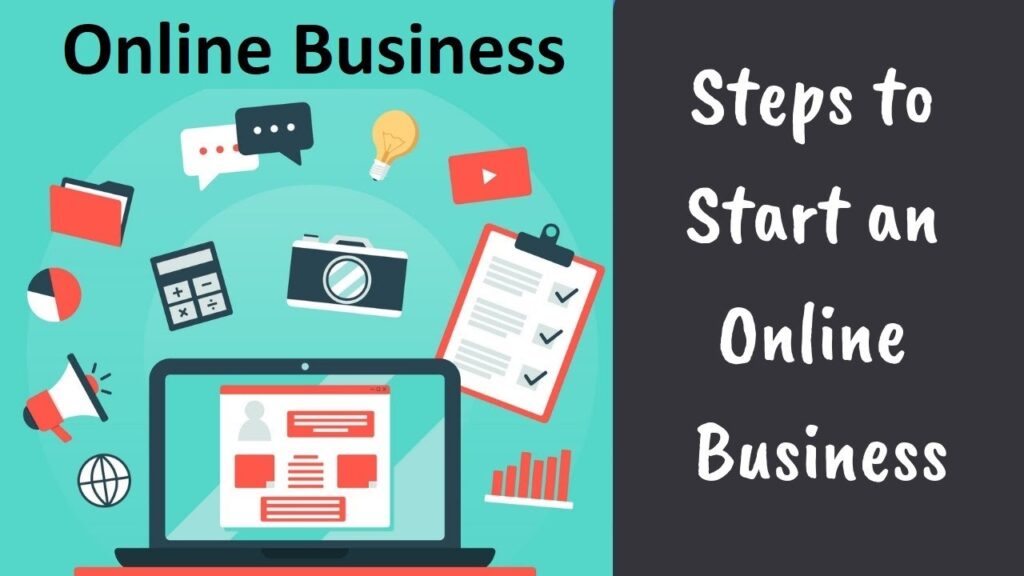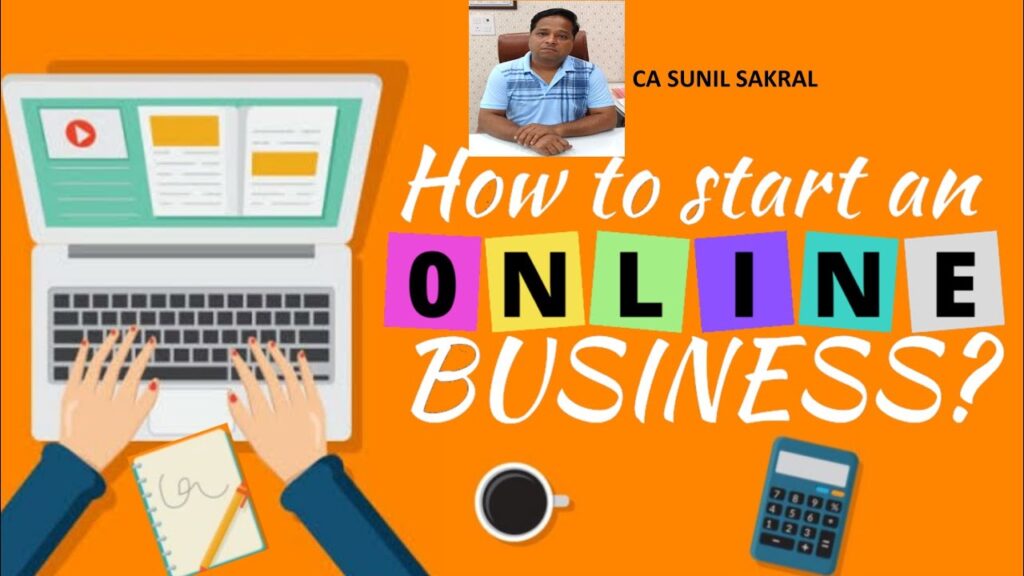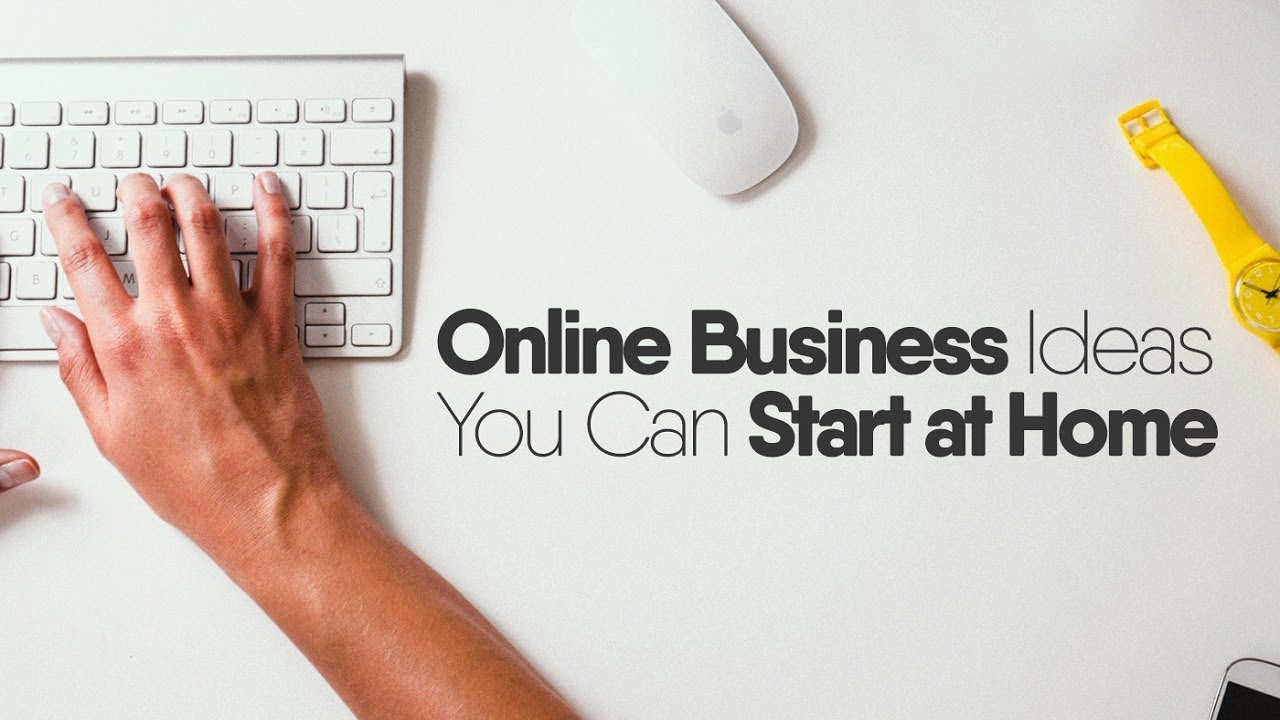In today’s digital world, starting an online business from home is not only possible—it’s one of the smartest decisions you can make in 2025. Whether you’re a student, stay-at-home parent, freelancer, or someone looking to escape the 9-to-5 grind, building an online business offers flexibility, freedom, and financial growth.
But where do you begin? What type of business should you start? And how do you ensure long-term success?
This ultimate guide answers all your questions and walks you through how to start and grow a home-based online business from scratch.
Why Start an Online Business from Home in 2025?
Here are some compelling reasons why online businesses are booming:
- Low startup costs — No need for a physical office or inventory (in many cases)
- Work flexibility — Set your own hours and work from anywhere
- Unlimited income potential — Scale globally without geographical limits
- Skill-based growth — Learn and earn simultaneously
- Automation friendly — Use tools to run your business even while you sleep
From ecommerce to services, content creation to consulting—there’s an online business model for everyone.

Step 1: Find Your Online Business Idea
Choosing the right business model is the foundation of your success. Here are some popular and proven online business ideas for 2025:
1. Freelance Services
Offer your skills in writing, design, marketing, or development through platforms like Fiverr, Upwork, or directly on your website.
2. Dropshipping Store
Sell physical products online without holding inventory. Use Shopify and suppliers from AliExpress or CJ Dropshipping.
3. Affiliate Marketing
Promote other people’s products and earn commission on each sale. Ideal for bloggers, YouTubers, or niche content creators.
4. Digital Products
Sell ebooks, courses, templates, or software. Great for passive income and scalable globally.
5. Print-on-Demand
Create and sell custom T-shirts, mugs, posters, etc., using services like Printful and Teespring.
6. Blogging & Content Creation
Monetize traffic through ads, sponsorships, and affiliate links. Works well for passionate writers or influencers.
7. Virtual Assistant Business
Help entrepreneurs with tasks like email management, calendar scheduling, customer service, and more.
8. Online Coaching or Consulting
If you’re an expert in fitness, finance, business, or mental wellness—start coaching online.
Step 2: Validate Your Idea
Before you dive in, ask:
- Is there demand for your idea?
- Who is your target audience?
- Are people already spending money in this niche?
How to Validate:
- Use tools like Google Trends, Ubersuggest, or AnswerThePublic
- Search forums like Reddit and Quora to see real discussions
- Analyze competitors and read customer reviews
- Conduct simple surveys through social media or Google Forms
Step 3: Build Your Brand Identity
A strong brand builds trust and sets you apart.
Key Branding Elements:
- Business Name — Make it short, relevant, and memorable
- Domain Name — Buy a .com or relevant TLD
- Logo Design — Use Canva or hire a designer from Fiverr
- Brand Colors & Fonts — Stay consistent across platforms
- Mission Statement — Clarify your purpose and who you serve
Step 4: Set Up Your Website
Your website is your online storefront. Make it professional and user-friendly.
How to Build It:
- Use WordPress with themes like Astra or Divi for blogs
- Use Shopify for ecommerce
- Use Wix or Squarespace for portfolio and services
- Make sure your website is mobile-friendly and fast
Essential Pages:
- Home
- About
- Services/Products
- Contact
- Blog
- FAQ
- Terms & Privacy Policy
Step 5: Register Your Business Legally
Even from home, you should treat it as a real business.
Things to Do:
- Choose a legal structure (sole proprietorship, LLC, etc.)
- Get a business license (if required in your country/state)
- Open a separate business bank account
- Consider accounting software like QuickBooks or Wave
Step 6: Set Up Payment and Delivery Systems
Allow customers to pay easily and receive their products or services.
For Products:
- Use Shopify, PayPal, Stripe, or WooCommerce
- Set up fulfillment through dropshipping or print-on-demand suppliers
- Automate delivery of digital products via email or downloads
For Services:
- Use tools like Calendly for bookings
- Accept payments via Stripe or Payoneer
- Deliver services through email, Zoom, or cloud storage

Step 7: Create a Marketing Plan
You can’t make sales if people don’t know you exist.
Core Marketing Channels:
1. SEO (Search Engine Optimization)
Helps your website rank on Google. Use keyword tools, write blog posts, and optimize product pages.
2. Social Media Marketing
Create content on Instagram, TikTok, LinkedIn, Pinterest—wherever your audience hangs out.
3. Email Marketing
Build an email list using lead magnets and send regular newsletters.
4. Paid Ads
Use Google Ads, Facebook Ads, or influencer sponsorships to reach new audiences fast.
5. YouTube & Podcasts
Great for long-form content that builds authority and loyalty.
Step 8: Focus on Customer Experience
Happy customers are the best marketing tool.
Improve Your Experience:
- Provide fast support through chat or email
- Offer clear return policies
- Ask for feedback and reviews
- Reward loyalty with discounts or freebies
Step 9: Monitor and Optimize
What gets measured, gets managed.
Track:
- Website traffic (Google Analytics)
- Conversion rate (visitors vs. buyers)
- Email open and click rates
- ROI on ads
- Social engagement
Test, tweak, and improve consistently based on real data.
Step 10: Scale Your Business
Once things are running smoothly, it’s time to grow.
How to Scale:
- Hire virtual assistants or freelancers
- Outsource tasks like content writing, design, or marketing
- Launch new products or services
- Expand to international markets
- Build systems to automate daily operations
Common Mistakes to Avoid
- Trying to do everything yourself — Learn to delegate
- Ignoring SEO — It takes time but pays off
- Not understanding your audience — Tailor everything to them
- Chasing too many ideas at once — Focus and master one first
- No emergency savings — Set aside funds for slow months

Real-Life Success Story: From Kitchen Table to 6-Figure Business
Meet Sara, a stay-at-home mom who loved baking. She started an Instagram page sharing tips, then launched an ebook, online baking course, and eventually a Shopify store for baking tools. In just 2 years, she built a 6-figure online business from her kitchen.
Her secrets? Consistent content, knowing her audience, and never stopping learning.
